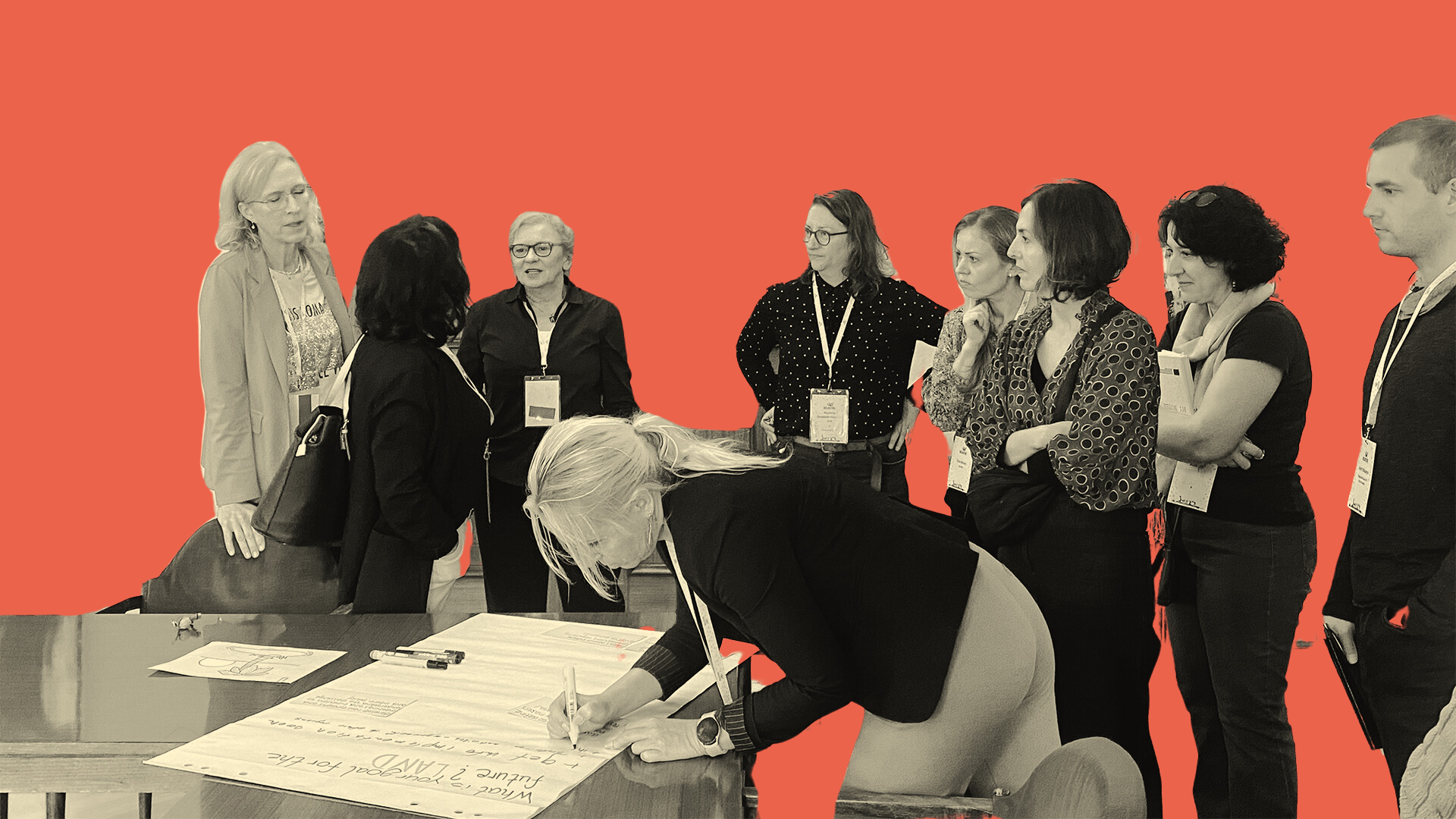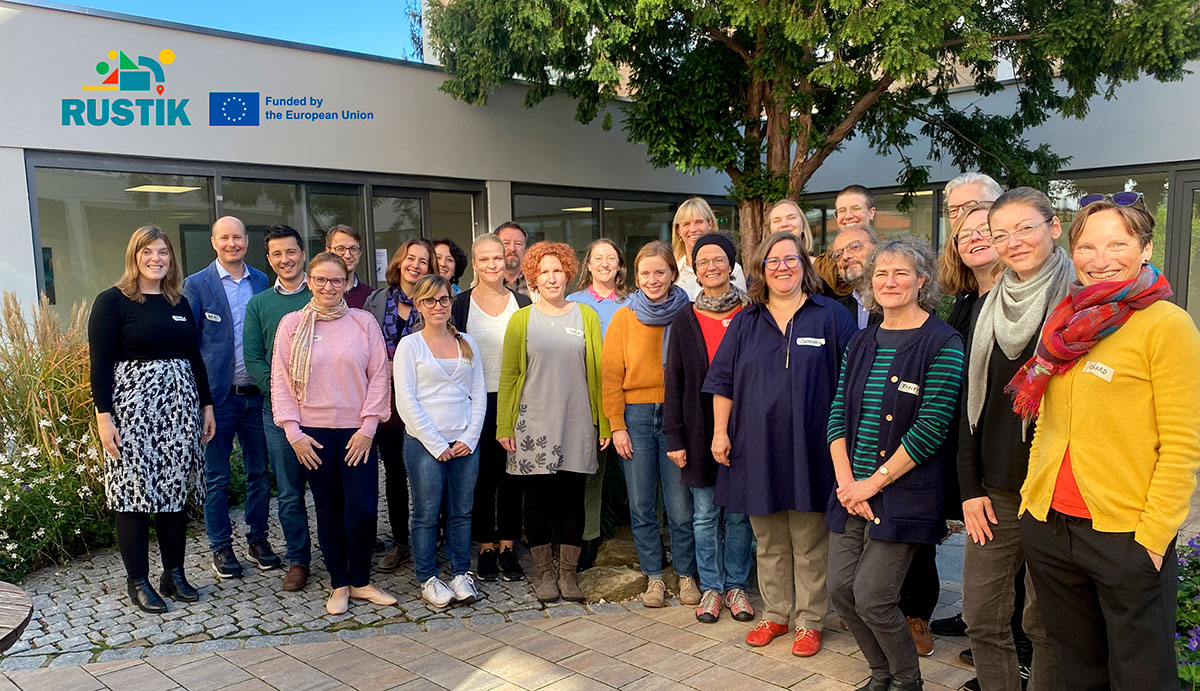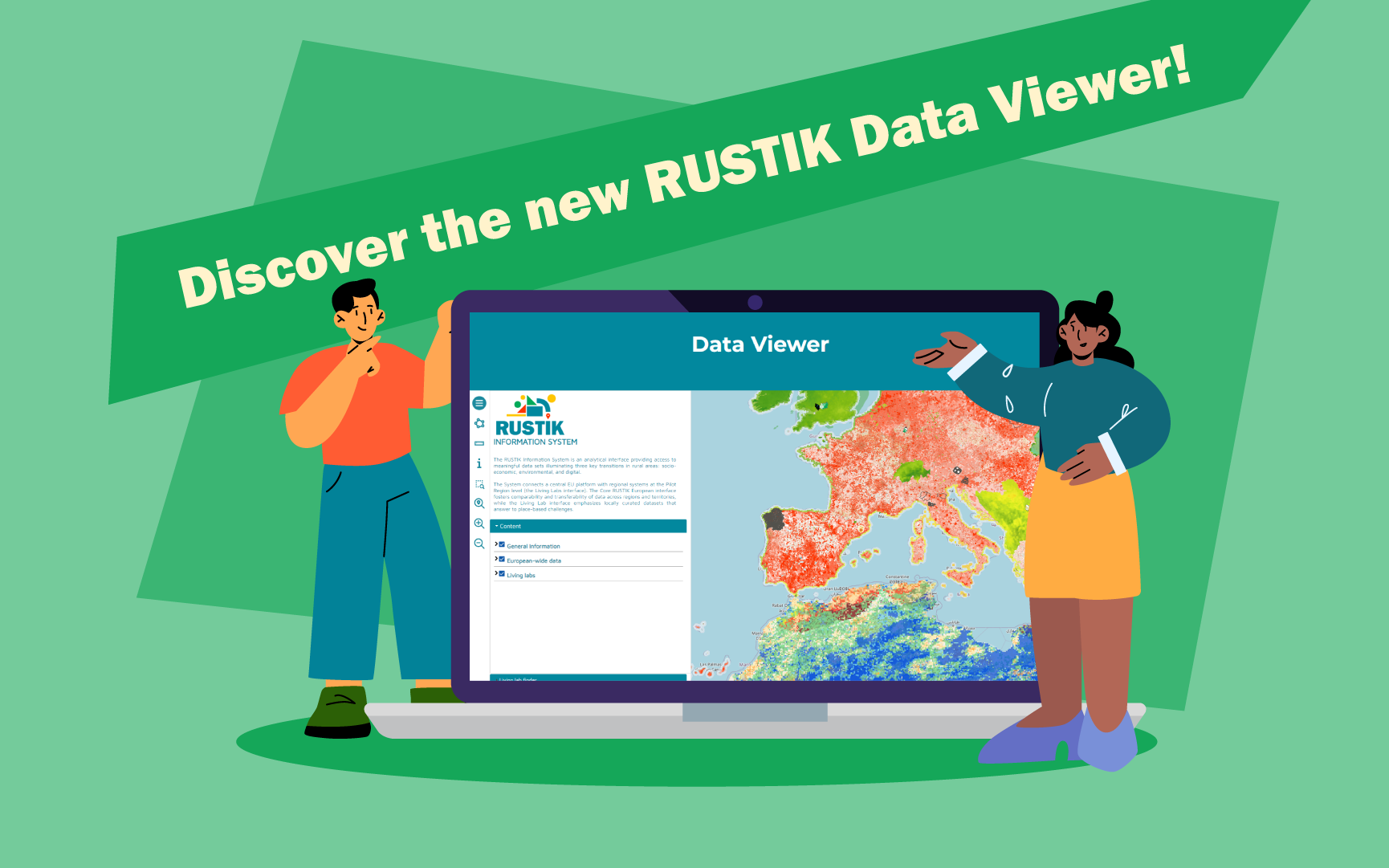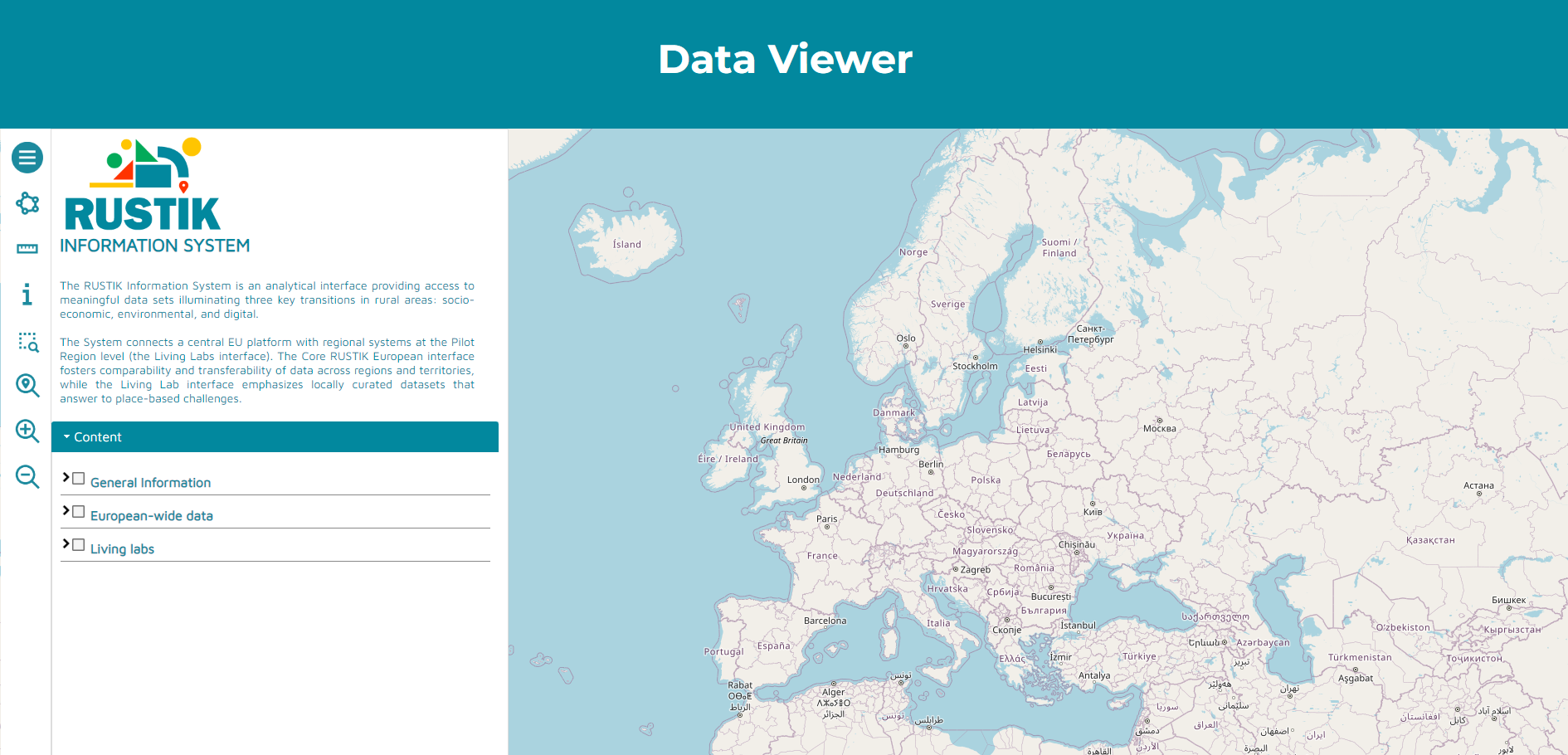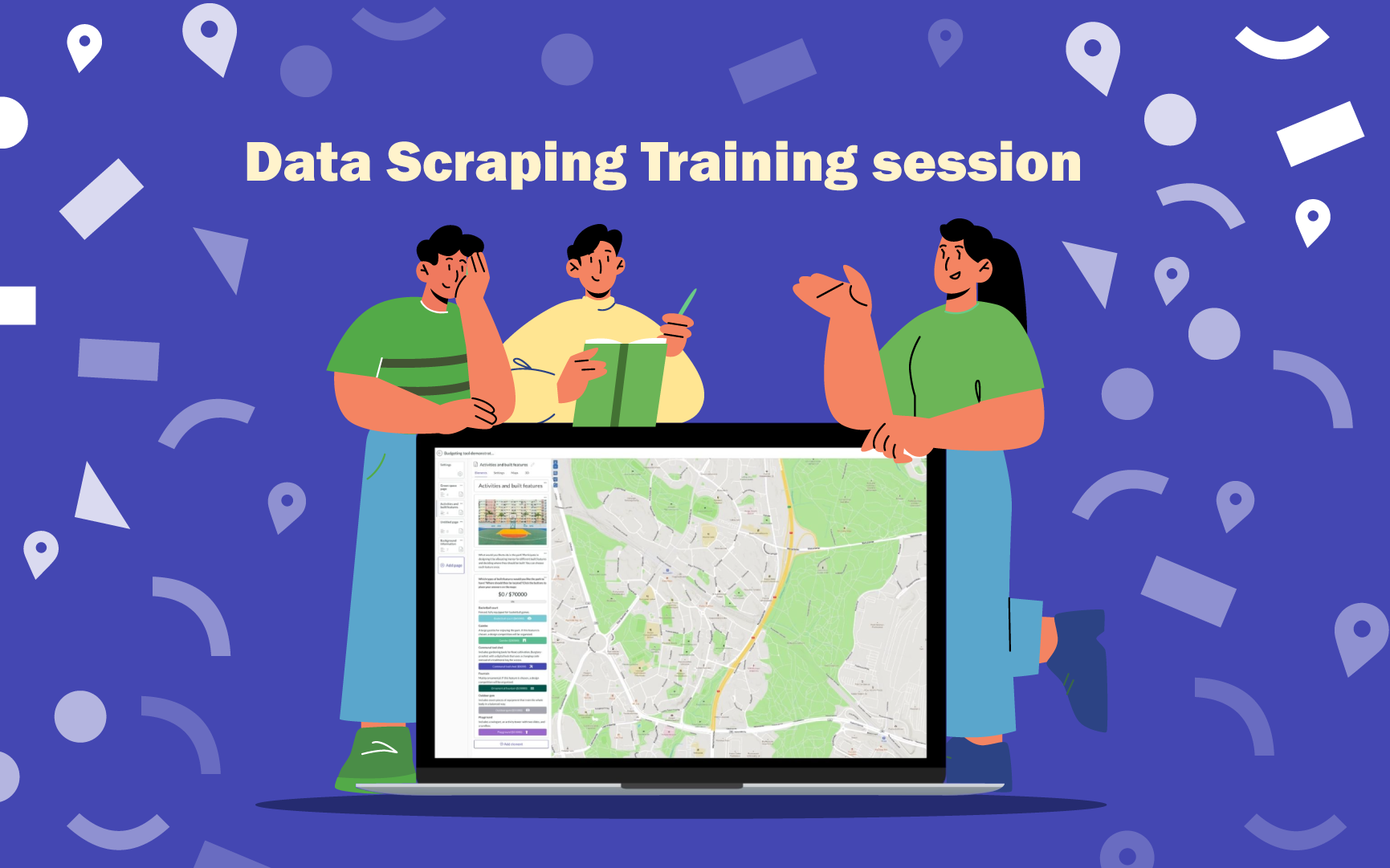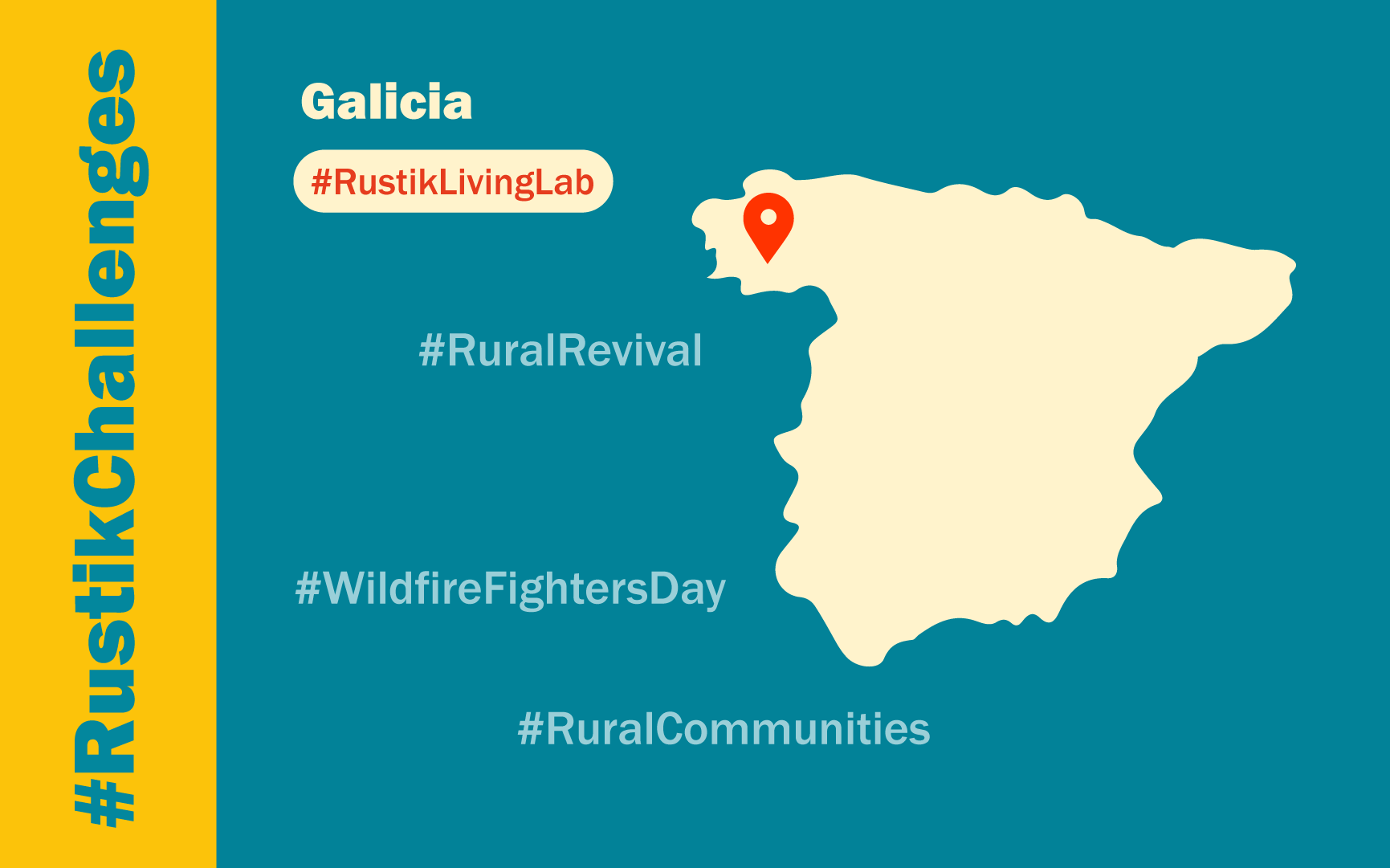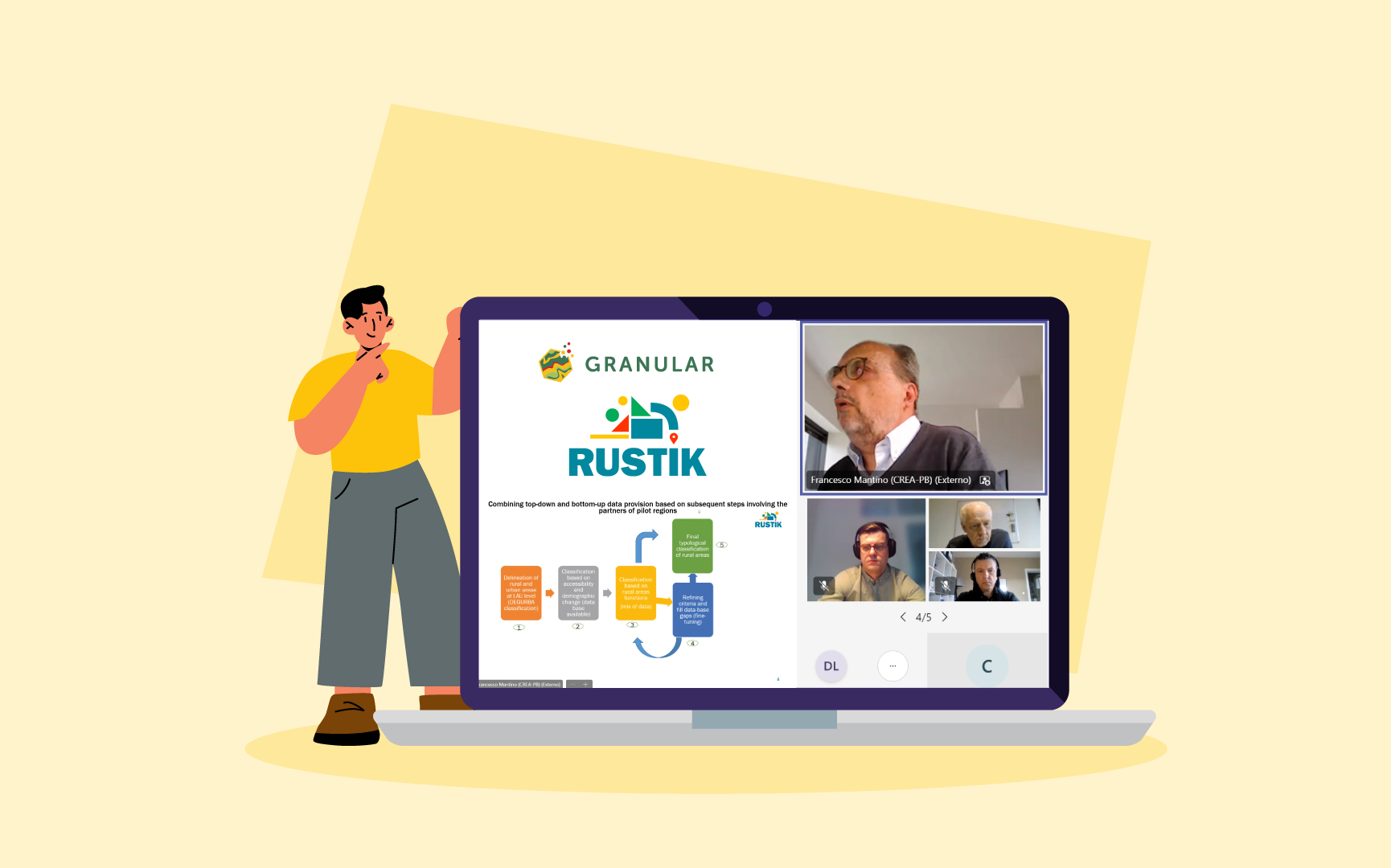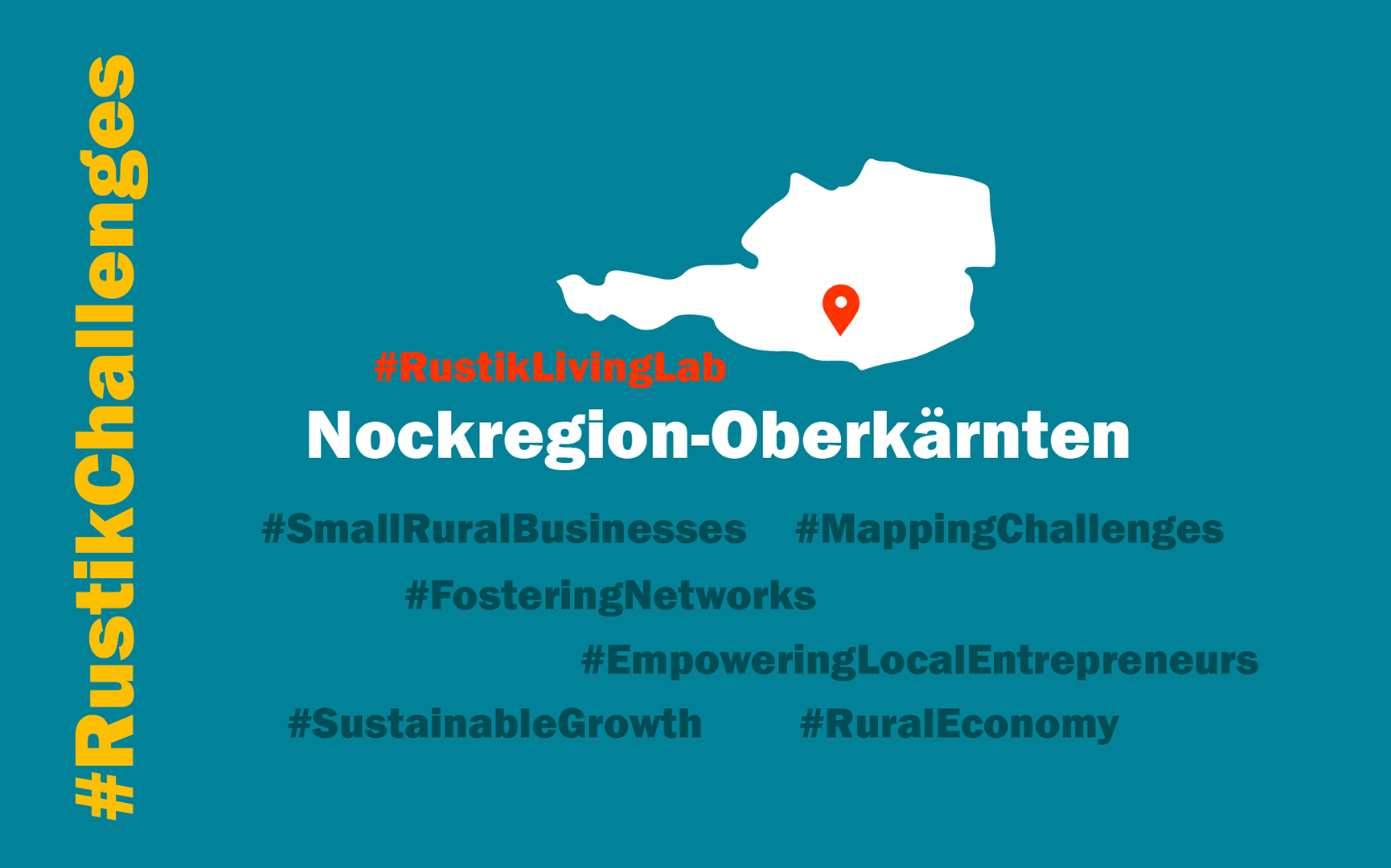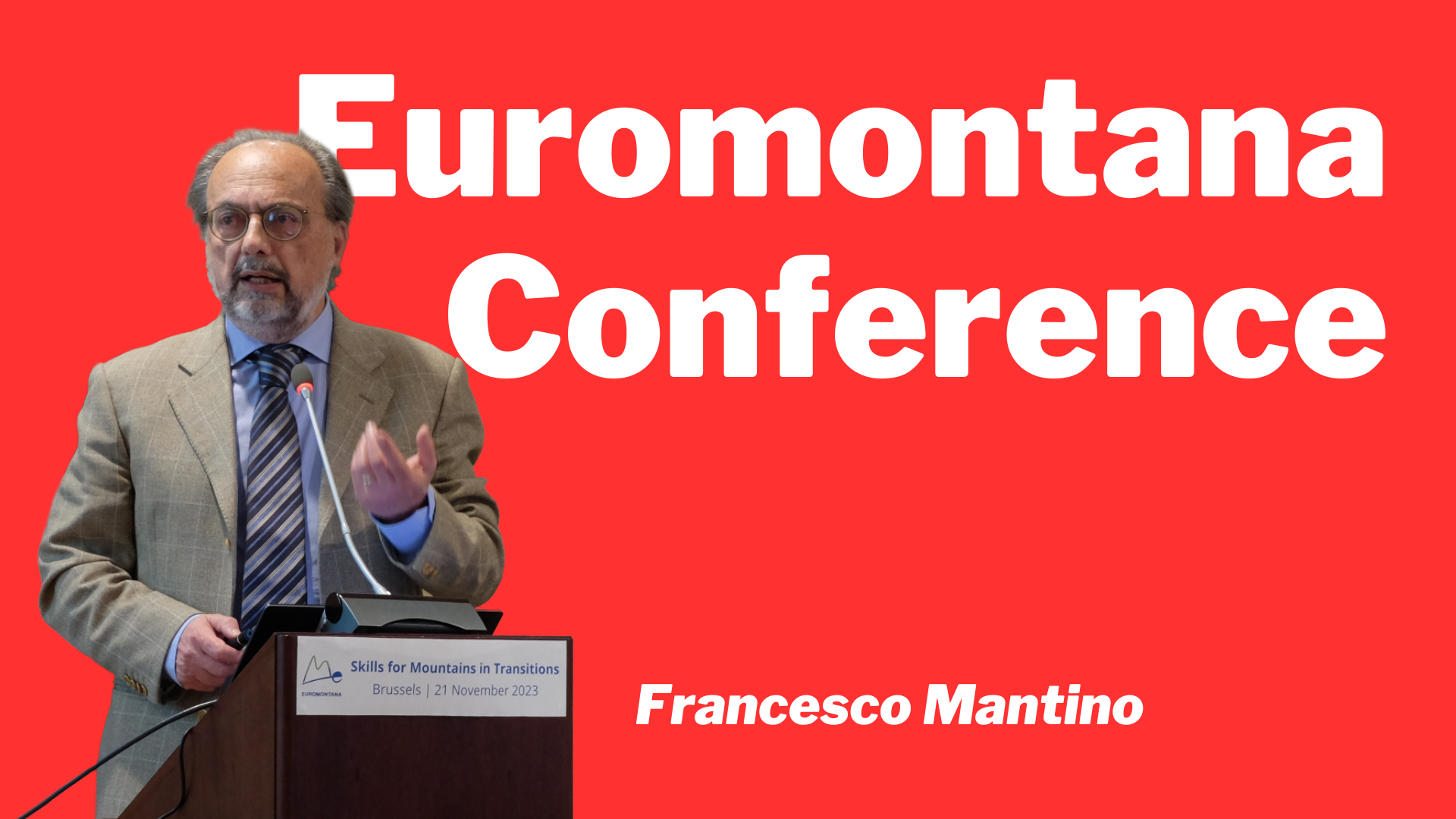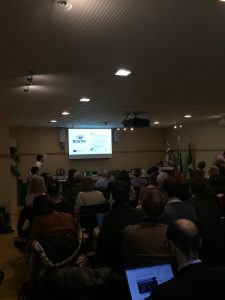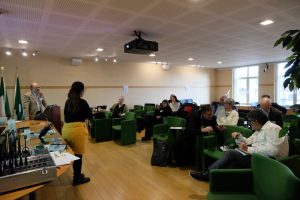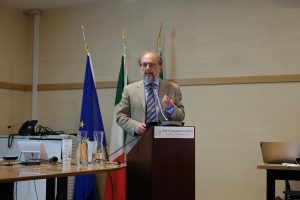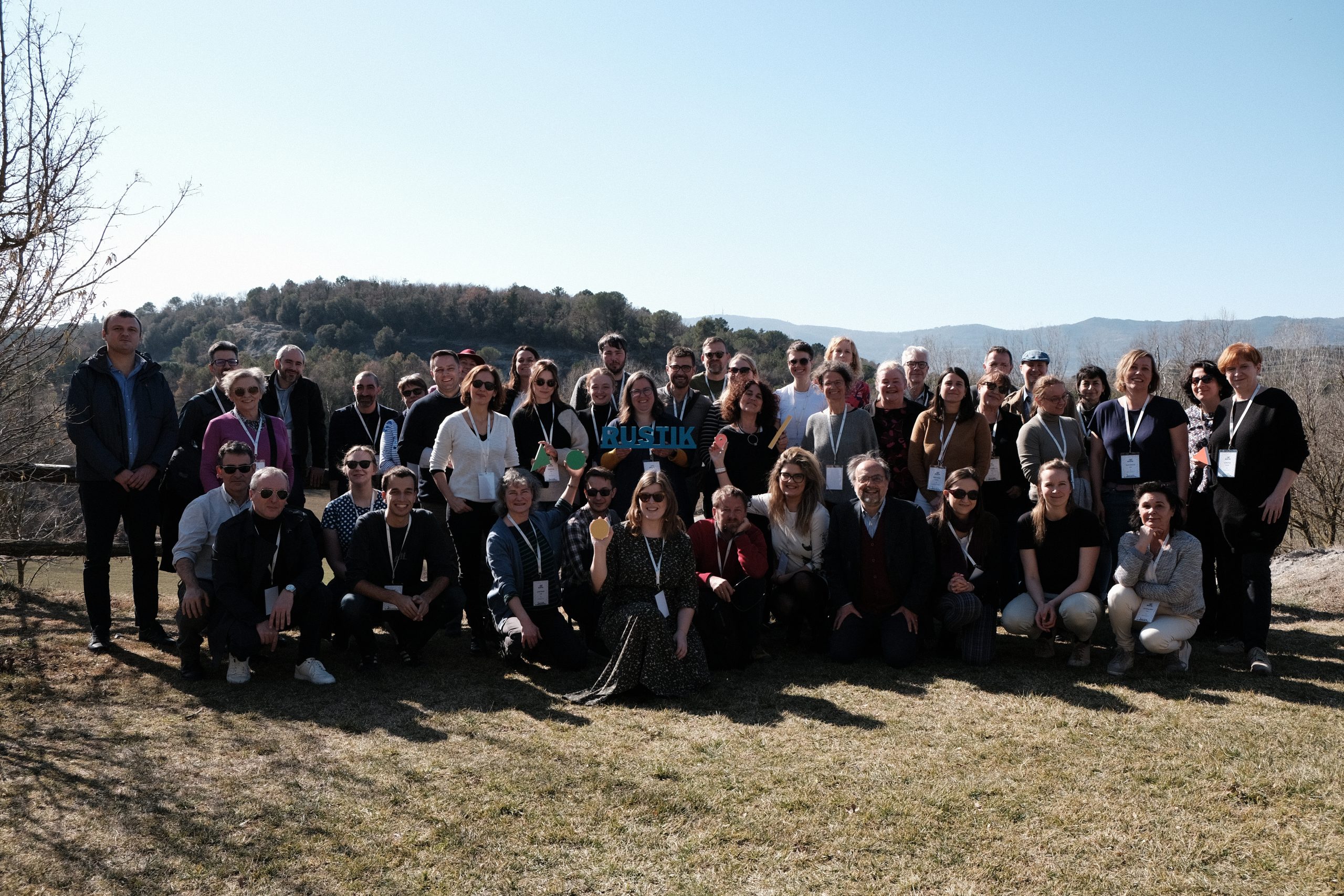From October 14th to 17th, 2024, the RUSTIK project team held a productive meeting in the scenic town of Millstatt, Austria. This event brought together project partners, the External Advisory Board (EAB), and stakeholders to discuss key milestones and the next steps for the project as it moves into its third year of execution.
Key Highlights of the Meeting:
- General Assembly & Project Updates: The meeting kicked off with a welcome from our hosts at RVN and reflections on the second year of the RUSTIK project. Can you imagine our 2nd year of Rustik as a journey on a sailboat? That’s what we did on our last meeting in Austria, having wind as our motivation, anchors as obstacles to overcome, rocks as the future risks, and land as our goal. Teamwork is key, so, in small groups, we discussed each of these tasks to reach a global vision. Partners shared insights and interactive sessions focused on Living Lab implementation and planning for the third cycle.
- Living Lab Discussions: Lightning talks showcased the progress of data experiments in the Living Labs, with each lab providing updates. These presentations were followed by breakout discussions focusing on challenges, data experimentation, and the transition from research to policy. Some of the Living Labs also produced posters highlighting the results of their data experiments after completing the implementation phase, adding a visual dimension to their findings.
- External Advisory Board (EAB) Meeting: Held in a hybrid format, the EAB provided valuable feedback on implementation and dissemination strategies. The discussions centered on key topics such as Functional Rural Areas, Rural Proofing, and the development of the Data Viewer tool, offering crucial insights for the next phase of the project.
- Dissemination & Future Collaboration: Dissemination efforts were a key focus, with discussions on joint publications and future collaborations to extend the impact of the project beyond 2025.
- Excursion to Nockberge Biosphere Park: The group enjoyed an excursion along the Nockalmstrasse to the artists’ town of Gmünd, which offered time for networking and exploring the local culture.
Looking Ahead:
With the meeting in Millstatt successfully concluded, the RUSTIK team is now focused on finalizing the third cycle of the Living Lab experiments and preparing for the mid-term conference in April 2025, which will be part of the Rural Pact Conference.
Stay tuned for further updates on our progress and upcoming events!

